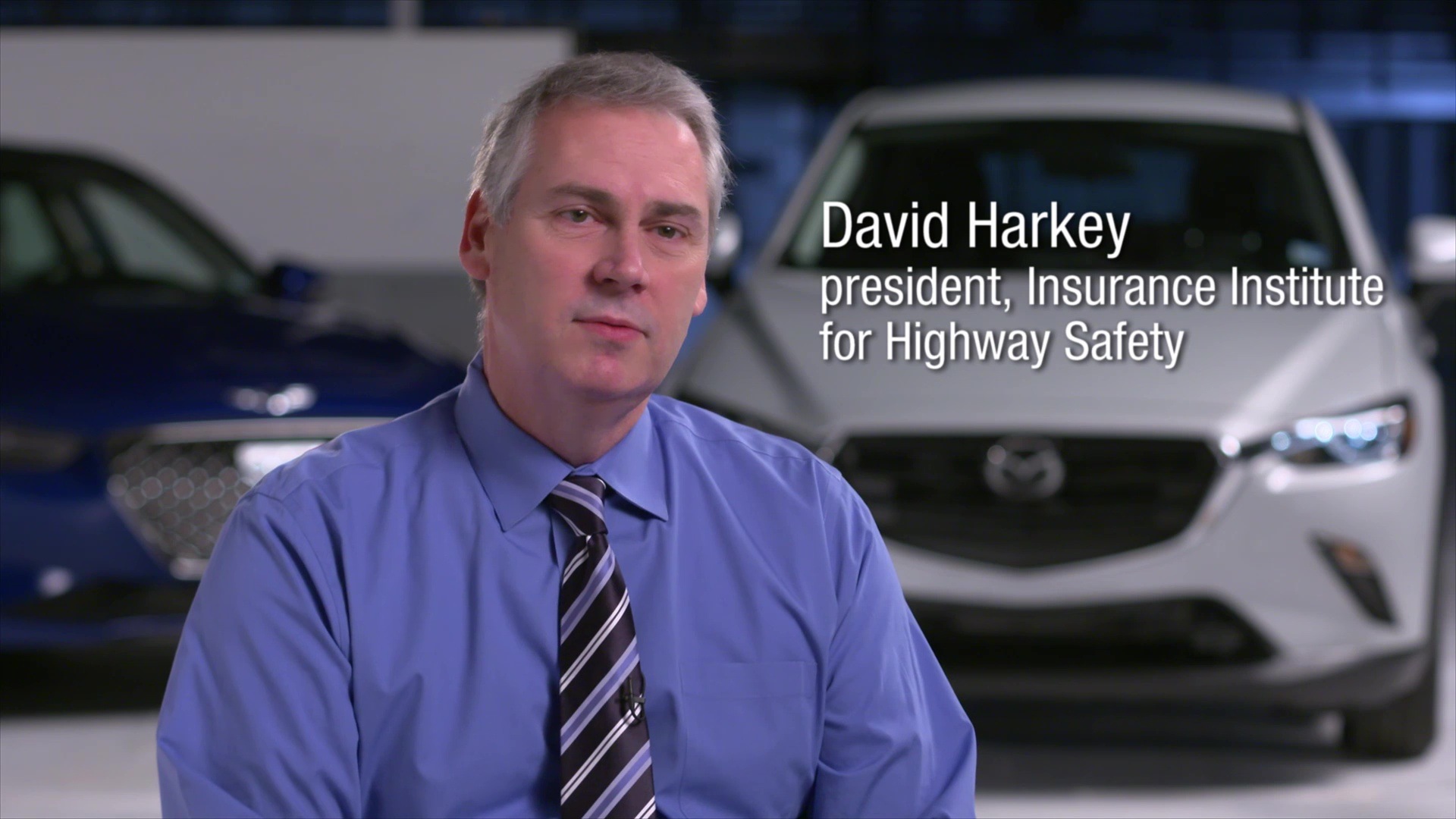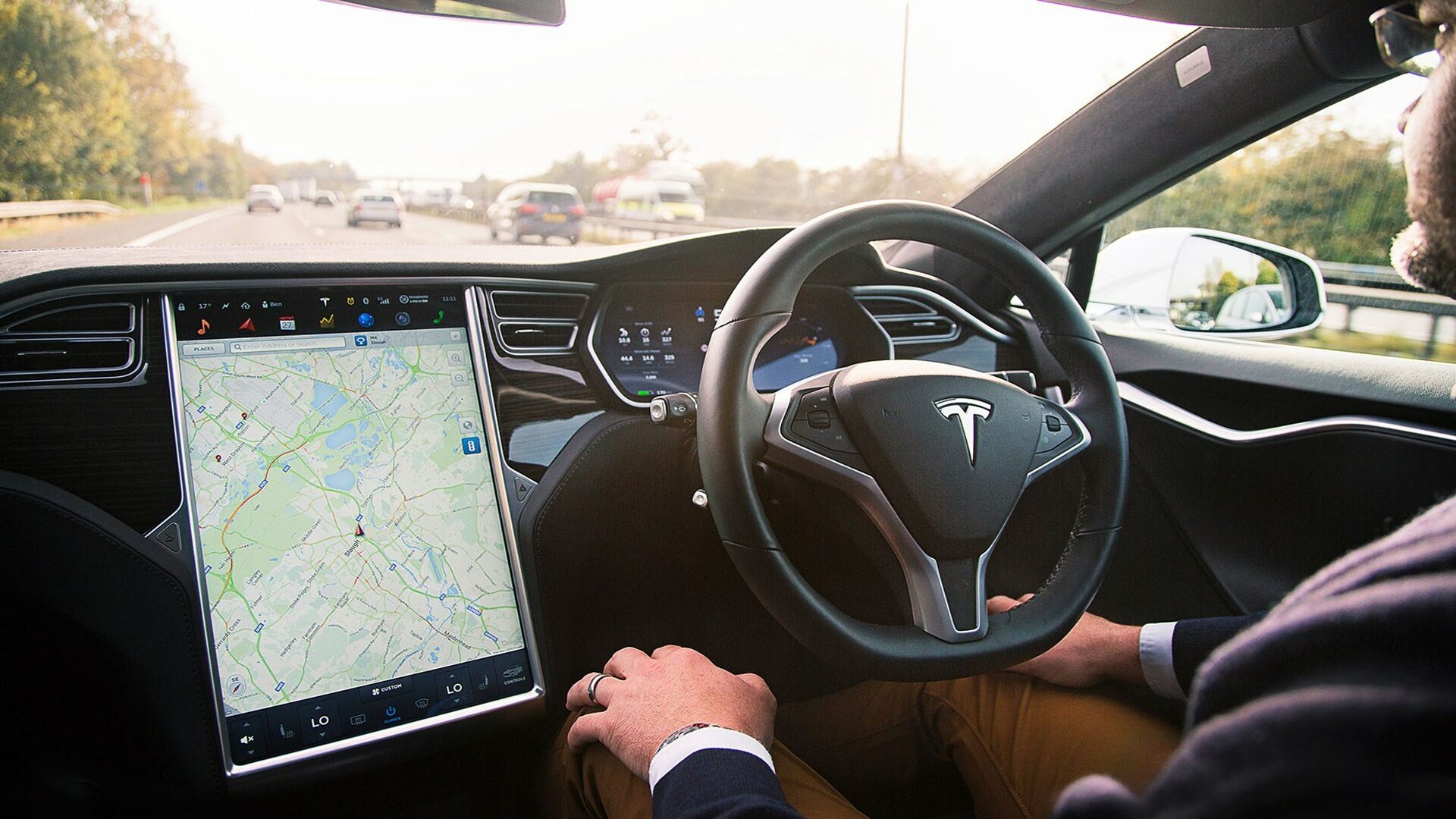A US safety authority recently conducted tests on various semi-autonomous driving systems, including those from Tesla, Ford, BMW, and others. Unfortunately, most of these systems received a ‘poor’ rating, highlighting concerns regarding their effectiveness and safety.
The Insurance Institute for Highway Safety (IIHS) examined 14 semi-autonomous systems, with only the Lexus LS’ Teammate system earning an ‘acceptable’ rating. Other systems, such as the GMC Sierra’s Super Cruise and the Nissan Ariya’s ProPILOT Assist with Navi-link, were rated as ‘marginal’.
Notably, Tesla’s systems received the most ‘poor’ scores, prompting concerns about their functionality and safety. The IIHS emphasized the importance of safeguards to prevent misuse and encourage driver attention, especially given the potential risks associated with semi-autonomous driving features.
The evaluation criteria included monitoring the driver’s gaze and hand position, providing alerts to regain driver attention, implementing fail-safe procedures, and ensuring that automation features promote safe driving practices.
While some systems performed adequately in certain aspects, none met all requirements, indicating room for improvement across the board.

The IIHS underscored the need for enhancements to ensure these systems contribute to safer driving experiences. As vehicles equipped with semi-autonomous features become increasingly common on the roads, it’s crucial to address any shortcomings and prioritize safety for all road users.
Additionally, the IIHS highlighted concerns about driver attention monitoring and alerting systems, noting that some vehicles did not effectively monitor whether the driver was paying attention or alerting them forcefully enough.
Engineers conducted tests with various scenarios, including obstructing the driver monitoring camera and observing the driver’s behavior. While Ford’s systems received praise for their attention reminders, overall, none of the systems fully met the requirements.
The president of IIHS, David Harkey, expressed concerns about the introduction of partial automation systems without appropriate safeguards, citing high-profile crashes as examples of the potential risks involved. However, he also noted that fixes are readily available and can often be implemented through software updates.
In Australia, safety authority ANCAP conducts testing on safety features like automatic emergency braking (AEB) and lane-keep assist.
The availability of driver attention monitoring systems is also considered during vehicle assessments, although testing protocols rely on information provided by car manufacturers rather than direct testing by the authority.

